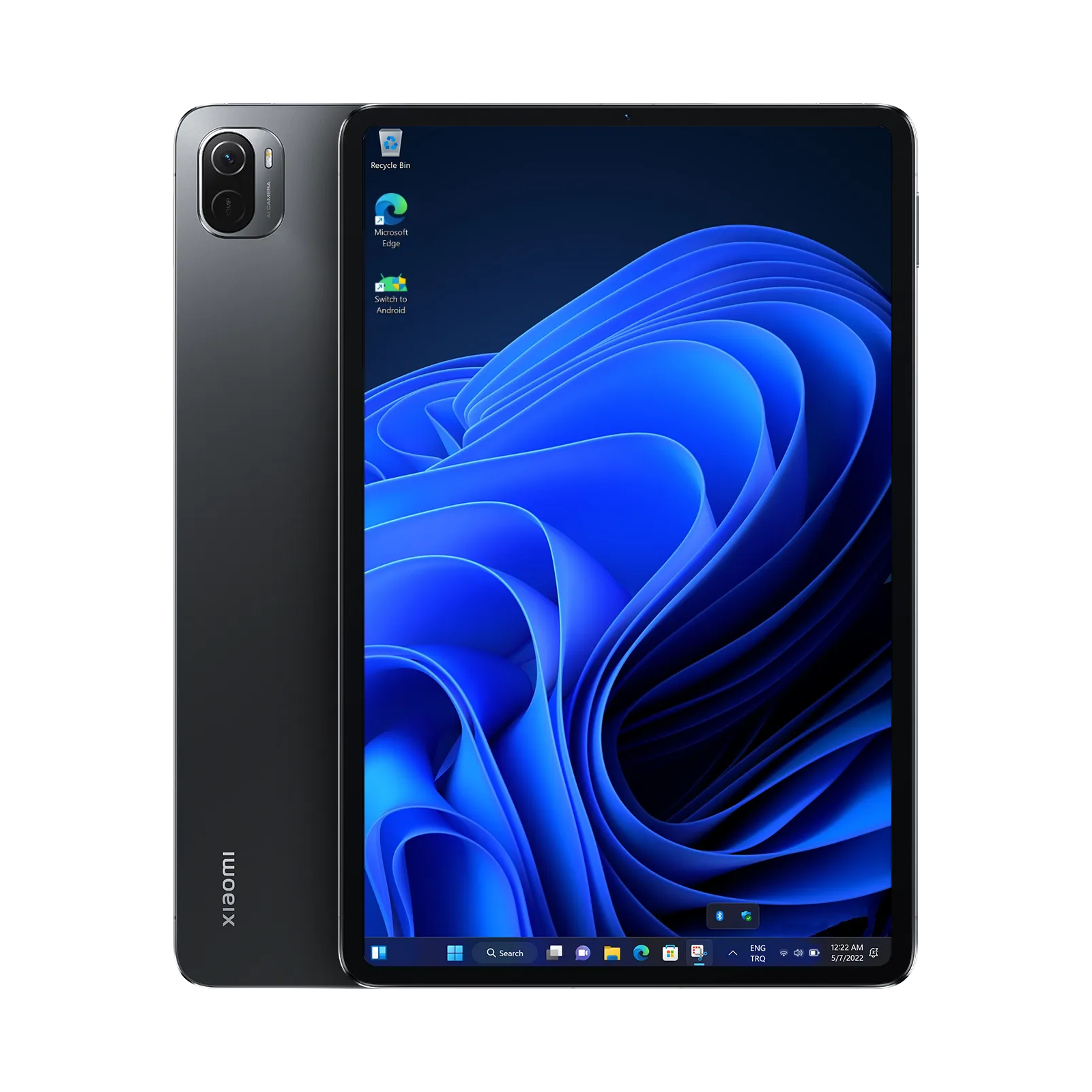If you are unable to move files to the Windows folder, it means you shut down Windows instead of restarting it. To fix this issue, boot back to Windows and use restart, then as it restarts boot to fastboot and use it to return to Android
Warning
Do not use a powered USB hub with host mode enabled, this can potentially break your device. If you use a powered USB hub, please use the disable USB host mode guide
Charging in Windows only works on specific cables. Cables that have been known to work are the original Poco X3 Pro cable (identified by the additional orange/red pin in the USB-A port), and the Nimaso 100W USB-C to USB-C fast charging cable.
Important
This will only work if you are rooted. If you aren't, the only way to recover is to flash your device with EDL using MrAuthTool
- Remove the UEFI image from the UEFI folder in your internal storage, then place the SHRP recovery image here
- Press
QUICKBOOT TO WINDOWSin the WOA Helper app - Once booted into the recovery, connect your device to your PC and run:
adb shell parted /dev/block/sda- Run
printto list all partitions - Look for partitions that have spaces in the names e.g "Basic Data Partition" and note their volume number
- Remove this partition with
rm $, replacing $ with the volume number - Run
quit - Run
adb reboot bootloader, and when you see the FASTBOOT logo on your screen, flash your Android boot image withfastboot flash boot_a path\to\boot.img - You may have to do the same for boot_b if your device does not boot, or if it boots back to the recovery
Note
Make sure you replace the recovery image in the UEFI folder with the UEFI file again
-
Open driver folder
-
Remove the
<DriverPackageFile Path="$(mspackageroot)\components\QC8150\Device\DEVICE.SOC_QC8150.NABU\Drivers\USB" Name="fsa4480.inf" ID="fsa4480"/>line from NABU.xml -
Reinstall the driver
-
Boot UEFI
Note
If you are still getting a BSOD, use the reinstall guide and use this driver package
-
Boot to fastboot
-
fastboot set_active other -
fastboot flash boot <boot.img> -
fastboot reboot
